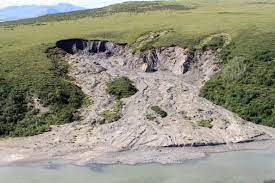In the Philippines around 400 volcanoes, 25 of which are active.
Here is a map of 25 active volcanoes and as you can see many of the volcanoes are spread out among different islands. On January 12th, 2020 the volcano, Taal, created hazards such as "volcanic lightning, lava fountains... and fissures that cut through the ground" in specific areas of the Philippines. This was rated a 4 out of 5 hazard level by PHIVOLCS.
This is only one example of how hazardous volcanoes can be to the Philippines. In many situations, the volcanoes act as a domino effect and cause more disasters such as earthquakes.
It is also important to note that there is an active underwater volcano named Didicas. Didicas is a submarine volcano first recorded in 1773. Although there are very few cases of death related to the activity from Didicas, it has been recorded.
The Philippine Institute of Volcanology and Seismology (PHIVOLCS) is in charge of keeping people safe and creating warnings in the event of volcanic activity.
They are in charge of creating safety plans for people to follow, having a reliable warning system in place, and also monitoring the probability and occurrence of volcanic activity.
https://www.discoverthephilippines.com/25-active-volcanoes-in-the-philippines/
https://sea.mashable.com/science/7008/the-largest-known-volcano-in-the-world-has-been-discovered-in-the-philippine-sea
https://www.vulkaner.no/v/volcan/mayon/didicas.html
https://temblor.net/earthquake-insights/philippine-volcano-taal-erupts-with-a-fury-of-earthquakes-and-ash-10371/
https://www.phivolcs.dost.gov.ph/index.php/about-us/about-phivolcs







